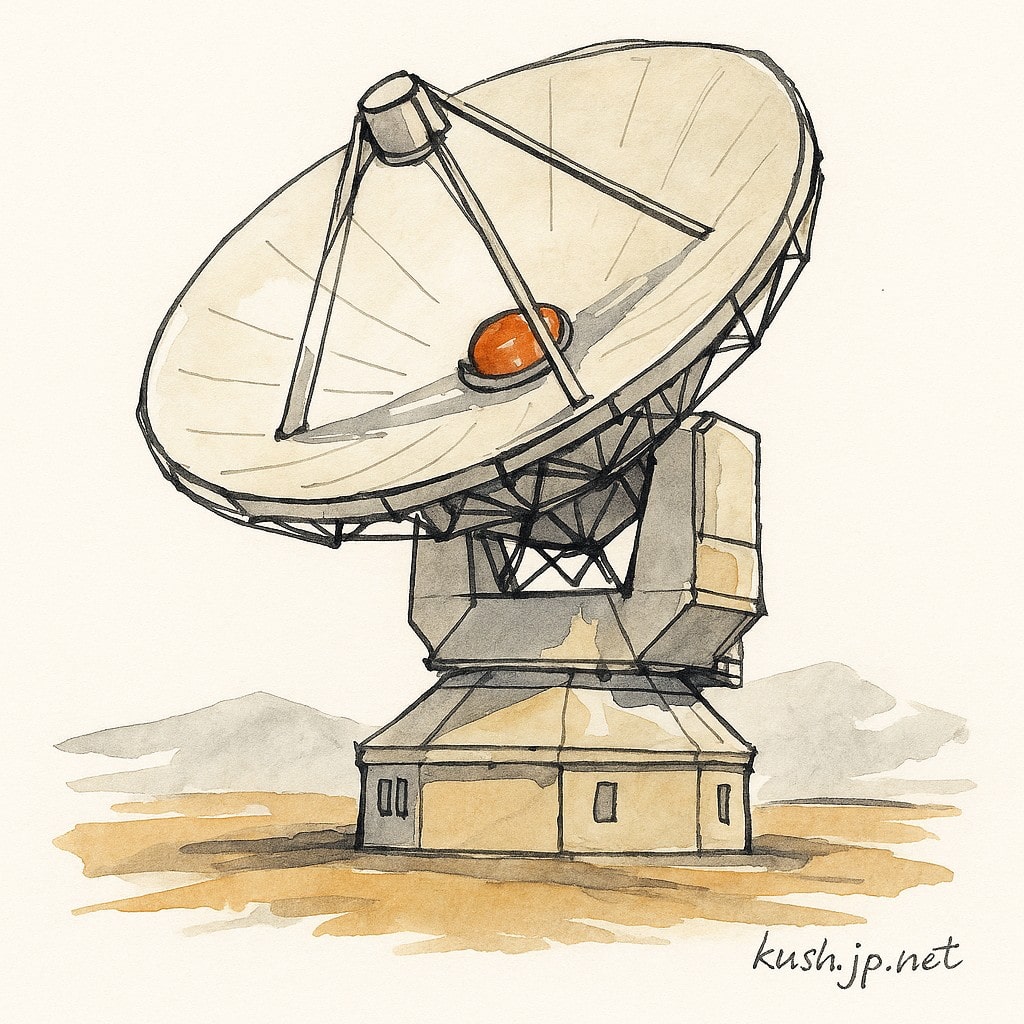
Today, the Vera C. Rubin Observatory in Chile unveiled the first full-color images captured by the world’s most powerful ground-based telescope. This marks a transformative milestone in observational astronomy (theguardian.com). The initial release features breathtaking composites of the Trifid and Lagoon nebulas within our Milky Way. It also includes a detailed mosaic of the Virgo galaxy cluster. These objects were imaged with unprecedented clarity. This was possible thanks to the observatory’s 3.2-gigapixel camera and 8.4-meter primary mirror (dw.com, theguardian.com).
In only ten hours of operation, the telescope also detected over 2,100 previously unknown asteroids. This includes seven near-Earth objects, showcasing its rapid-survey capabilities. These capabilities promise to revolutionize our understanding of transient phenomena and solar-system bodies (theguardian.com, theguardian.com).
Over the next decade, Rubin will conduct a synoptic survey of the southern sky. This will generate a dataset projected to exceed 500 petabytes. The dataset will have profound implications for studies of dark matter, dark energy, and the search for objects like the hypothetical “Planet Nine” (theguardian.com).
The Observatory: A Technical Marvel

A Giant Among Telescopes
The Vera C. Rubin Observatory, formerly known as the Large Synoptic Survey Telescope (LSST), sits atop Cerro Pachón in Chile. It is equipped with the world’s largest digital camera—3,200 megapixels spanning a single focal plane (elpais.com). Its 8.4 meter primary mirror, part of a three-mirror anastigmat design, provides a wide, ultra-sharp field of view. This enables coverage of an area equivalent to 40 full moons in a single exposure (en.wikipedia.org).
Funding and Collaboration
Funded by the U.S. National Science Foundation and Department of Energy, Rubin had a cost of approximately $810 million. Rubin represents a global effort involving 49 universities and research institutions. Key data-processing roles are played by partners in the United Kingdom and beyond (washingtonpost.com, elpais.com).
Unveiling the First Images
Star-Forming Nurseries in Stunning Detail
One highlighted release is a composite image of the Trifid Nebula (M20) and the Lagoon Nebula (M8), stitched from 678 individual exposures over seven hours. These regions are located several thousand light-years away. They reveal intricate filaments of gas and dust where new stars are born (dw.com).
Deep-Sky Portrait: The Virgo Cluster
Another remarkable image showcases a section of the Virgo Cluster. This cluster is home to thousands of galaxies and a key laboratory for dark matter studies. This view, enriched by Rubin’s sensitivity, formalizes the Observatory’s role. It is crucial in mapping cosmic structure at scales never before possible (theguardian.com).
Rapid Asteroid Detection
Within just ten operational hours, automated pipelines flagged 2,104 new asteroids, including seven classified as near-Earth objects. This capability underscores Rubin’s critical contribution to planetary defense and transient-event astronomy (theguardian.com).
Scientific Significance and Future Prospects
A 10-Year Synoptic Survey
Rubin will repeatedly scan the entire southern sky approximately every three nights. It will build a time-lapse “movie” of the universe over ten years. This survey will deliver insights into supernovae, variable stars, and potentially hazardous asteroids. It will produce an unprecedented dynamic view of the cosmos (washingtonpost.com).
Probing Dark Matter and Dark Energy
By measuring weak gravitational lensing and baryon acoustic oscillations across billions of galaxies, Rubin aims to pin down the properties and distribution of dark matter. In addition, it will quantify the universe’s accelerated expansion driven by dark energy (elpais.com).
The Hunt for Planet Nine
The deep, wide-field imaging may finally provide the data needed to either confirm or rule out the existence of “Planet Nine.” This is a hypothesized distant member of our solar system inferred from anomalous orbits of trans-Neptunian objects (theguardian.com).
Overcoming Challenges: Satellite Interference and Data Deluge
Mitigating Light Pollution from Satellites
Automated algorithms will identify and subtract the trails of thousands of passing satellites. This will minimize disruptions and preserve image quality—a critical advance given the burgeoning number of low-Earth-orbit bandwidth constellations (theguardian.com).
Data Management at Scale
With an expected 500 petabytes of raw data over its operational life, Rubin’s data infrastructure employs AI-driven processing and real-time alert systems. These systems will distill actionable discoveries within minutes of observation (elpais.com).
The release of the first images from the Vera C. Rubin Observatory heralds a new era in astronomy. By combining unprecedented imaging power, automated transient detection, and a decade-long synoptic survey, Rubin is poised to unlock cosmic mysteries. These include the life cycles of stars and the fundamental nature of dark matter and energy. As the scientific community begins to delve into this vast trove of data, we stand on the cusp of discoveries that promise to reshape our understanding of the universe.
References
- El País: “La cámara más grande del mundo inaugura una nueva era para la exploración del universo” (elpais.com)
- The Guardian: “First images of distant galaxies captured by ‘ultimate’ telescope” (theguardian.com, theguardian.com)
- Deutsche Welle: “Stunning first images released by Vera Rubin Observatory” (dw.com)
- The Washington Post: “Vera Rubin telescope is pointing the world’s biggest camera at cosmos” (washingtonpost.com)
- Sky News: “Stunning first images from powerful space telescope show new ‘peek of cosmos’” (news.sky.com)
- Sky & Telescope: “Vera C. Rubin Observatory Releases Long-Awaited First Photos” (skyandtelescope.org)
- Space.com: “Scientists to unveil 1st images from the Vera C. Rubin Observatory on June 23” (space.com)
- Wikipedia: “Vera C. Rubin Observatory” (en.wikipedia.org)




